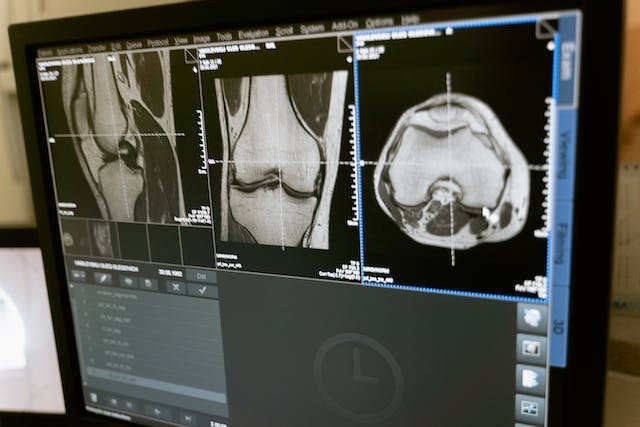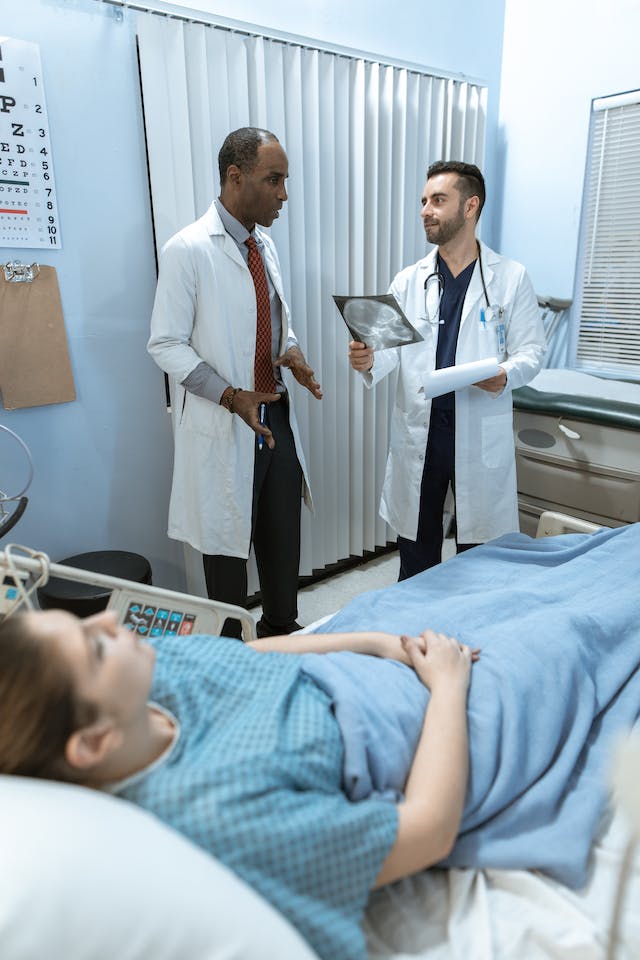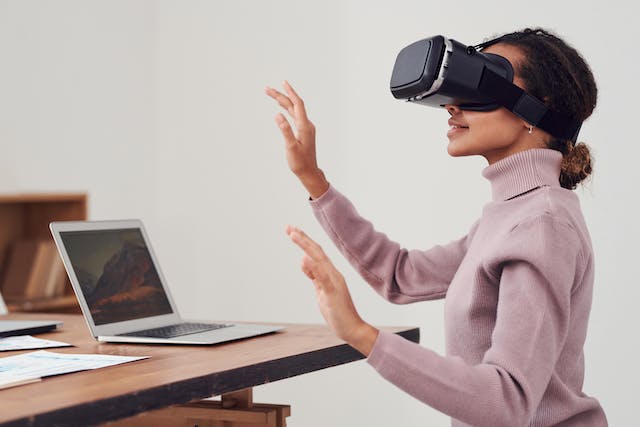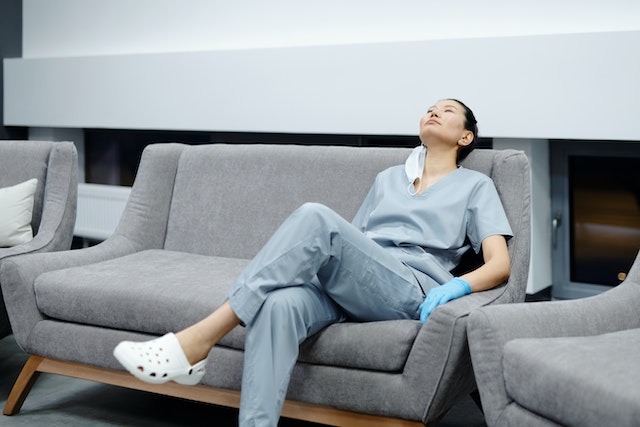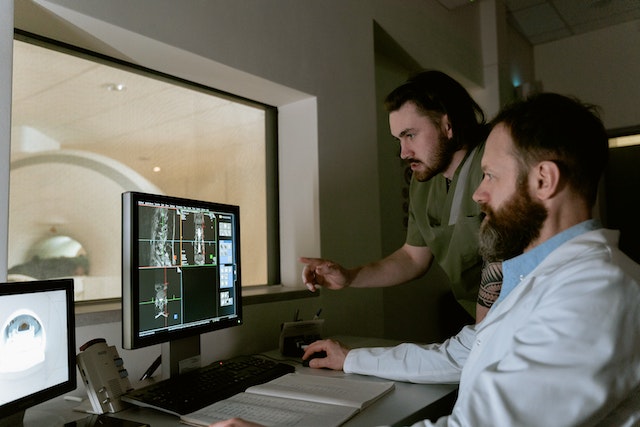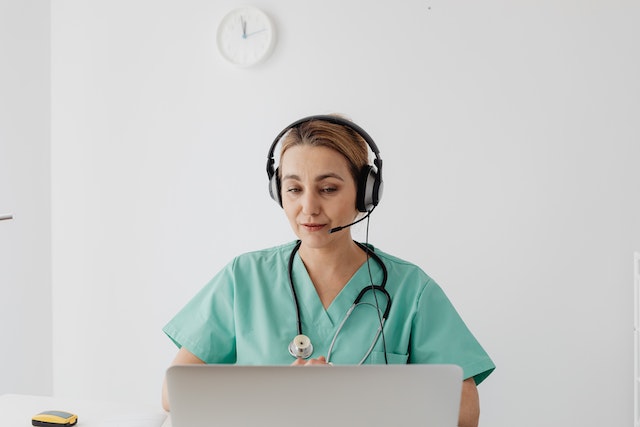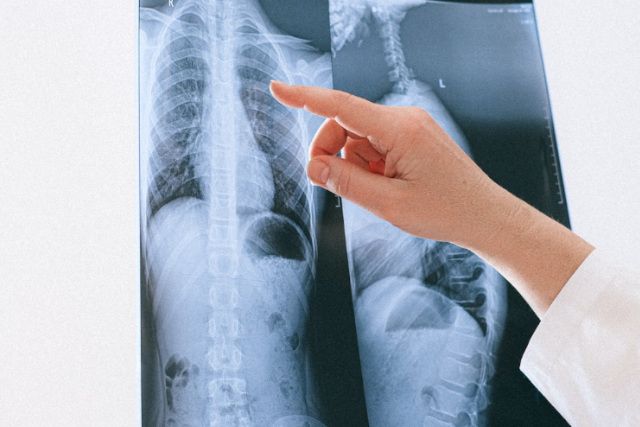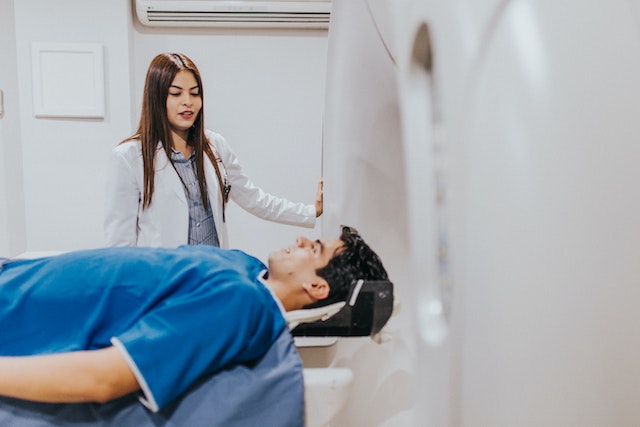In the pursuit of equitable healthcare in the United States, it is imperative to address the unique needs and challenges faced by all populations, including Native American communities. Despite advancements in healthcare delivery, disparities persist, particularly among Indigenous peoples.
Research additionally indicates that the life expectancy of Native Americans falls short by 5.5 years compared to the national average. Like the general populace, prevalent causes of mortality within Native American communities encompass heart disease, cancer, and accidents. Nevertheless, Native Americans face more than a threefold increase in mortality from diabetes-related complications, are over six times more prone to succumb to alcoholism, and exhibit a mortality rate from liver diseases exceeding four times that of the general population.
Reasons for Improved Healthcare for Natives
Higher Rates of Chronic Diseases: Native Americans experience higher rates of chronic diseases such as diabetes, cardiovascular disease, and obesity compared to the general population. These health issues are often linked to socioeconomic factors, limited access to nutritious foods, and inadequate healthcare services.
Barriers to Healthcare Access: Many Native American communities are located in rural or remote areas with limited access to healthcare facilities. Additionally, cultural and language barriers may deter individuals from seeking medical care.
Cultural Sensitivity: Traditional Western healthcare systems may not always be culturally sensitive to the needs of Native American communities. Culturally tailored healthcare services can improve patient outcomes and foster trust between healthcare providers and patients.
Indian Health Services: Staff Physician Vacancies
The American Medical Association (AMA) acknowledges the severe physician shortage within the Indian Health Service (IHS), with a vacancy rate of 25% in 2018. They advocate for strategies to address this shortage and ensure that American Indians, Alaska Natives, and Native Hawaiians receive adequate healthcare. The AMA’s recommendations include raising physician compensation, modernizing IHS facilities, promoting educational opportunities at IHS facilities, and establishing partnerships with academic medical centers. They stress the importance of addressing regulatory and licensure barriers for physicians interested in serving these communities. Overall, the AMA is committed to long-term solutions to alleviate the physician shortage and improve healthcare access for Indigenous populations.
Teleradiology for Indian Health Services
As a premier teleradiology company, Vesta understands the critical importance of reliable and efficient diagnostic imaging services, especially in regions facing shortages. With our state-of-the-art technology and a team of highly skilled U.S. Board Certified radiologists, we are committed to bridging the gap by offering accurate and timely readings. Whether it’s X-rays, MRIs, mammograms, CT scans, or other subspecialty, our streamlined process ensures swift delivery of results without compromising on quality. By partnering with us, Indian Health Services can confidently meet the demands of patient care, ensuring every individual receives the prompt and precise diagnoses they deserve.
Sources:
Ncbi.nlm.nih.gov
ama-assn.org
Openai.com
